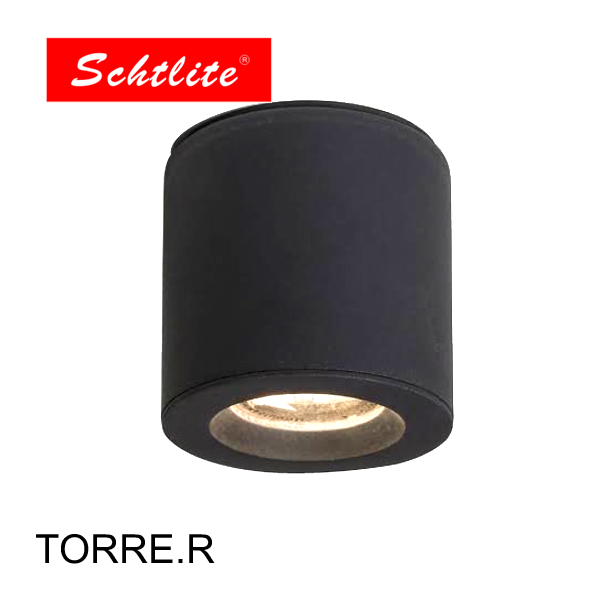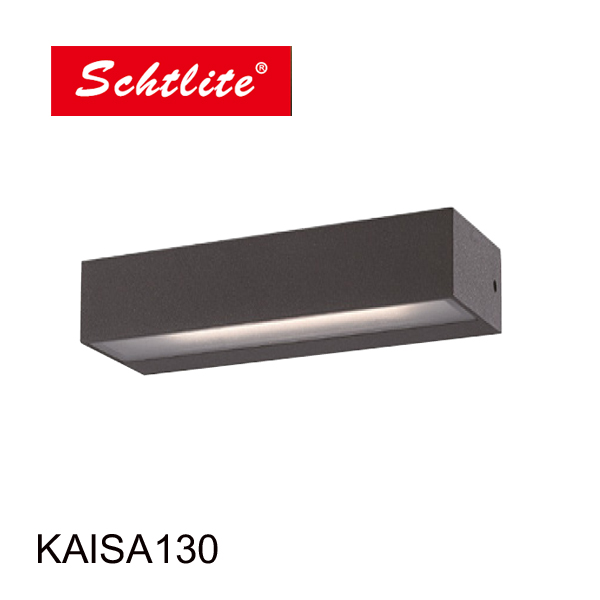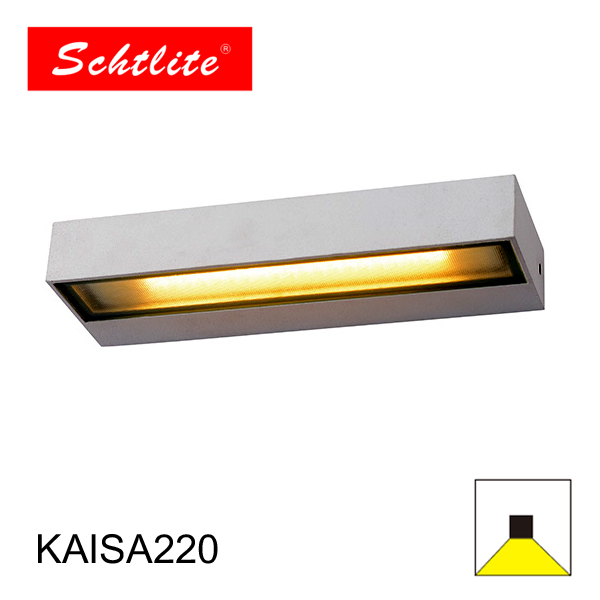Recently, researchers in China have made new breakthroughs in the research of perovskite LED luminescence. They have proposed a new idea in the design of perovskite luminescent layer by using low temperature solution method. The external quantum efficiency of near infrared perovskite LED is increased to 20.7%. Relevant research results were published online in the journal Nature in October 11th.
LED is a kind of semiconductor electronic component which can convert electric energy into light energy. It has the characteristics of energy saving, environmental protection, safety and high brightness. It has been widely used in daily life and production. Perovskite light-emitting diodes (PLDs) have the advantages of both inorganic and organic light-emitting diodes (OLEDs) in recent years. They have broad application prospects in the fields of low energy consumption, high brightness, large-scale display and lighting.
For many scientists who have been engaged in perovskite LED research for a long time, only flat, high coverage, no obvious hole Perovskite Thin film is the basis to achieve high efficiency devices. A team led by Huang Wei, academician of the Chinese Academy of Sciences, chief scientist of the Institute of Flexible Electronics, Northwest Polytechnic University, and Wang Jianpu, executive vice president of the Institute of Advanced Materials, Nanjing Polytechnic University, not only broke this point of view, but also reported the world's tallest perovskite LE. D external quantum efficiency.
According to Wang Jianpu, who completed the work, they found that when the perovskite grains were like mahjong cards, disconnected and irregularly distributed on the substrate surface, the external quantum efficiency of 20.7% near infrared perovskite light-emitting diodes could be obtained. Compared with the 13% foreign quantum efficiency obtained by the international counterparts, the near infrared perovskite light-emitting diodes could be improved. Nearly 8 percentage points, the performance far exceeds the current popular OLED similar to the luminous band.
Working with Tian He and Dai Dao Zinc of Zhejiang University, they found that the perovskite luminescent layer was composed of dispersed perovskite grains and a low refractive index organic insulating layer embedded between the grains, and this structure could further make the top electrode of the device to form a high-low undulating fold structure, thus effectively enhancing the device. The luminous efficiency.







